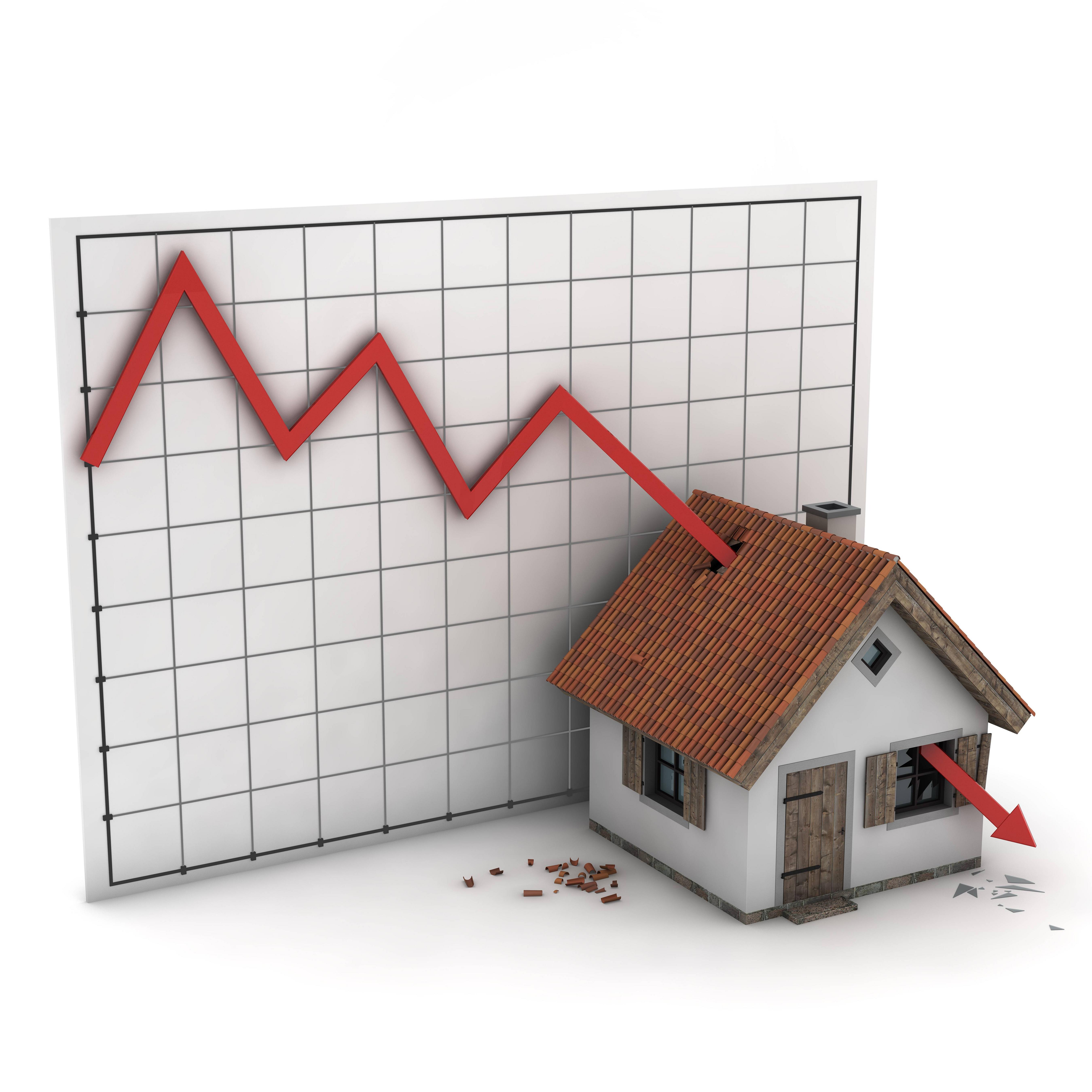
When applying for a VA loan, you'll be asked to pay a VA funding fee, which is an upfront cost that is a percentage of the total loan amount. This fee helps offset the cost of VA loans to taxpayers. This fee amounts to less than four percent for most borrowers.
VA funding fee is a one-time upfront cost
The VA funding fee is an administrative charge that VA loan borrowers must pay. The fee is a portion of the loan amount. However, it can vary depending upon a few factors. It can be paid at closing and rolled into monthly installments.

The VA funding fee is required for most borrowers. Some veterans and their surviving spouses might be exempt from the VA funding fee. These people may be eligible for a VA loan waiver. These individuals will be required to submit documentation that proves their eligibility to the VA.
It is a percentage from the loan amount
The funding fee is a percentage of the loan amount and is determined by the lender. For example, if you put down 5% down on a VA loan, you will only pay 2.15% of the funding fee. If you have previously received a VA loan with a lesser amount than 5%, the funding fee will be higher at 3.3%. On the other hand, if you put down 10% or more, you will pay only 1.4% of the loan amount.
This fee is determined based on the type of loan as well as the loan status. A funding fee of $6.900 would be charged for a $300,000. This fee will be added to your loan amount. You can either pay it out-of-pocket at closing or ask the seller to cover it.

It can reach up to 4 percent from the loan amount
Although the seller may pay the VA funding fees and other closing costs, these fees must not exceed 4 percent. The seller must pay the closing costs. The seller-paid closing cost is more than half of what the funding fee at 2.3 percent takes up. The VA funding fees guidelines were in force from 2011 through 2019. The new guidelines are effective as of January 1, 2020. They will continue to be in force until January 1, 2022.
FAQ
How much should I save before I buy a home?
It depends on how much time you intend to stay there. Start saving now if your goal is to remain there for at least five more years. If you plan to move in two years, you don't need to worry as much.
How can I get rid Termites & Other Pests?
Termites and many other pests can cause serious damage to your home. They can cause damage to wooden structures such as furniture and decks. You can prevent this by hiring a professional pest control company that will inspect your home on a regular basis.
What should you look out for when investing in real-estate?
The first step is to make sure you have enough money to buy real estate. If you don’t have the money to invest in real estate, you can borrow money from a bank. It is also important to ensure that you do not get into debt. You may find yourself in defaulting on your loan.
Also, you need to be aware of how much you can invest in an investment property each month. This amount must cover all expenses related to owning the property, including mortgage payments, taxes, insurance, and maintenance costs.
It is important to ensure safety in the area you are looking at purchasing an investment property. It is best to live elsewhere while you look at properties.
Statistics
- This seems to be a more popular trend as the U.S. Census Bureau reports the homeownership rate was around 65% last year. (fortunebuilders.com)
- When it came to buying a home in 2015, experts predicted that mortgage rates would surpass five percent, yet interest rates remained below four percent. (fortunebuilders.com)
- This means that all of your housing-related expenses each month do not exceed 43% of your monthly income. (fortunebuilders.com)
- Some experts hypothesize that rates will hit five percent by the second half of 2018, but there has been no official confirmation one way or the other. (fortunebuilders.com)
- It's possible to get approved for an FHA loan with a credit score as low as 580 and a down payment of 3.5% or a credit score as low as 500 and a 10% down payment.5 Specialty mortgage loans are loans that don't fit into the conventional or FHA loan categories. (investopedia.com)
External Links
How To
How to Purchase a Mobile Home
Mobile homes are houses constructed on wheels and towed behind a vehicle. Mobile homes have been around since World War II when soldiers who lost their homes in wartime used them. People who want to live outside of the city are now using mobile homes. These homes are available in many sizes and styles. Some houses have small footprints, while others can house multiple families. You can even find some that are just for pets!
There are two types of mobile homes. The first is built in factories by workers who assemble them piece-by-piece. This is done before the product is delivered to the customer. The other option is to construct your own mobile home. The first thing you need to do is decide on the size of your mobile home and whether or not it should have plumbing, electricity, or a kitchen stove. Next, ensure you have all necessary materials to build the house. Final, you'll need permits to construct your new home.
There are three things to keep in mind if you're looking to buy a mobile home. First, you may want to choose a model that has a higher floor space because you won't always have access to a garage. You might also consider a larger living space if your intention is to move right away. Third, you'll probably want to check the condition of the trailer itself. You could have problems down the road if you damage any parts of the frame.
It is important to know your budget before buying a mobile house. It is important to compare prices across different models and manufacturers. Also, take a look at the condition and age of the trailers. Many dealerships offer financing options but remember that interest rates vary greatly depending on the lender.
Instead of purchasing a mobile home, you can rent one. Renting allows you the opportunity to test drive a model before making a purchase. Renting isn’t cheap. Renters typically pay $300 per month.